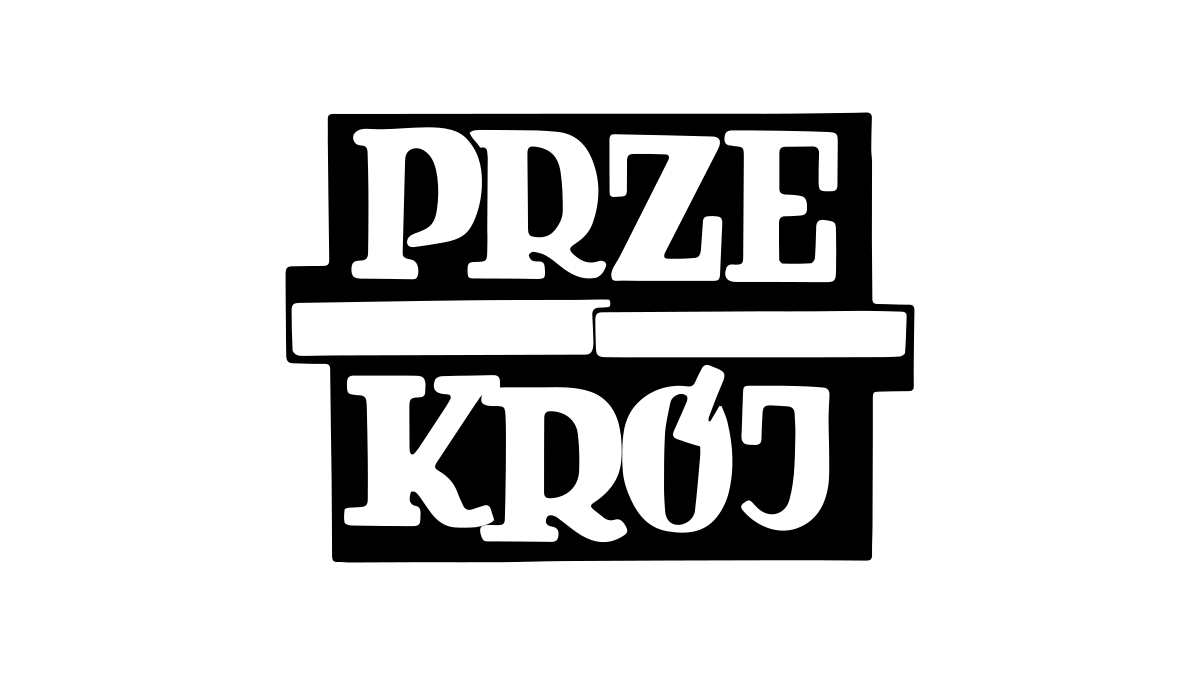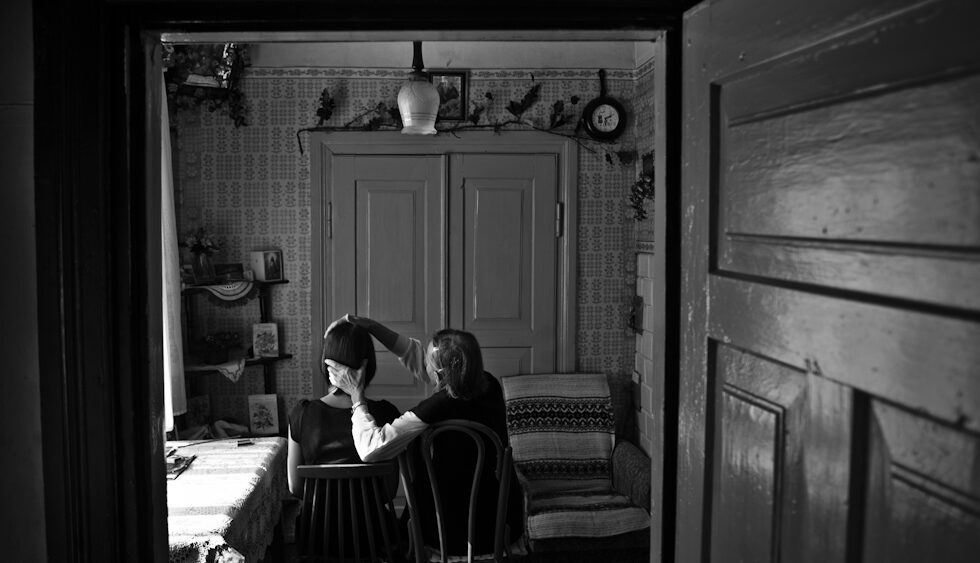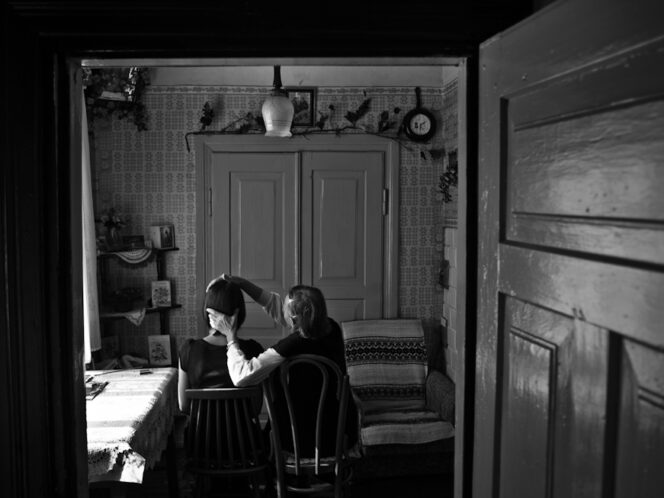
French essayist and writer Mona Chollet, author of the book Sorcières—La puissance invaincue des femmes [Witches: The Undefeated Power of Women] talks about why women should be sorceresses, the history of persecution of women, and contemporary culture, which is still discriminatory.
Paulina Małochleb: Your book says that at its core, our society hasn’t really evolved since the sixteenth century, and though the forms of violence have changed, witch hunts are still organized.
Mona Chollet: The patriarchal nature of our society hasn’t changed. The witch hunts that lasted from the sixteenth to the seventeenth century symbolize that moment in European history when, under the law, a large number of women were persecuted and murdered. The victims were the ones who in any way, often only apparently, departed from imagined norms, meaning primarily women who were independent, single, widowed. Suspicions were aroused by the mere fact that they were independent from male authority, which only increased the risk of an accusation. Women became the victims of men—both those who arrested them, and those who failed to defend them. Because not many men stood up for their female relatives, close or distant. They held back, either out of fear or because they themselves were convinced of the women’s guilt. It seems to me that today violence against women has been privatized; it happens in situations where a woman rejects a man’s advances, decides to leave her partner or breaks up with him. These are the vivid situations when violence is obvious, visible.
But for such violence to occur,








